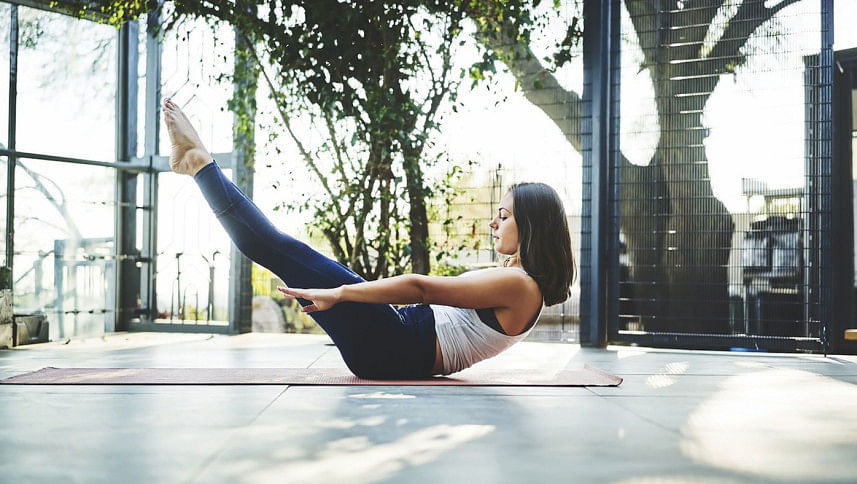Exercise prescriptions for child and adults

Being physically active can improve brain health and functions, help in managing body weight, reduce the risk of many non-communicable diseases, for example, cardiovascular disease, musculoskeletal pain, and some arthritis, strengthen body bones and muscles, and improve our ability to continue our daily activities.
Immediate benefits of exercise:
Some benefits of physical activity for brain health happen right after a session, for instance.
• Improve the thinking process and cognition for children 6 to 13 years of age.
• Reduced short-term feelings of anxiety for adults.
• Help to keep your thinking, learning, and judgement skills sharp as you age.
• Reduce the risk of depression and anxiety.
• Help sleep better.
Types of Exercises Included: Exercise from moderate-to-vigorous physical activity, for example, running, fast walking, cycling, sports, and aerobic types of exercises.
How is human bone modelling and remodelling done?
Note only that exercises have a great effect on people, from children to older adults, as per Wolff's law, which indicates that bone strength increases and decreases as the functional forces on the bone increase and decrease. The densities and, to a much lesser extent, the shapes and sizes of the bones of a given human being are a function of the magnitude and direction of the mechanical stresses that act on the bones.
Does bone tissue change across the life span?
Yes, the bony tissue changes across the life span. In the childhood stage of the immature bone, the fibres are randomly distributed, providing strength in multiple directions, but the overall strength of the bone is low or less, which makes it easily broken. In the adult stage, the bone becomes mature, mineralisation within the bone takes place, haversian canals are created and lined with bone, and the bony fibres are oriented in the primary load-bearing directions. Bone continues to reorganise throughout life to mend damage and repair wear on the bone. Peak bone mass occurs during the late third decade of life. Females have a lower peak bone mass and greater reductions in later life, especially after menopause.
Exercise prescriptions for children and adolescents to facilitate bone growth:
Exercise mode: Impact activities (gymnastics, plyometrics, and jumping); moderate-intensity resistance training; sports involving running and jumping
Exercise intensity: High-intensity exercise, including weight training, (60%
Exercise frequency: At least 3 days per week
Duration: 10–20 min
Exercise prescription for adults to preserve bone health and prevent decay:
Exercise mode: Weight-bearing endurance activities (tennis, stair climbing, jogging); activities involving jumping (basketball, volleyball); resistance exercise
Exercise intensity: Moderate to high
Exercise frequency: 3–5 days per week; resistance training, 2 days per week
Duration: 30–60 min
The writer is an assistant professor and vice principal of Dhaka College of Physiotherapy.
E-mail: [email protected]

 For all latest news, follow The Daily Star's Google News channel.
For all latest news, follow The Daily Star's Google News channel. 



Comments